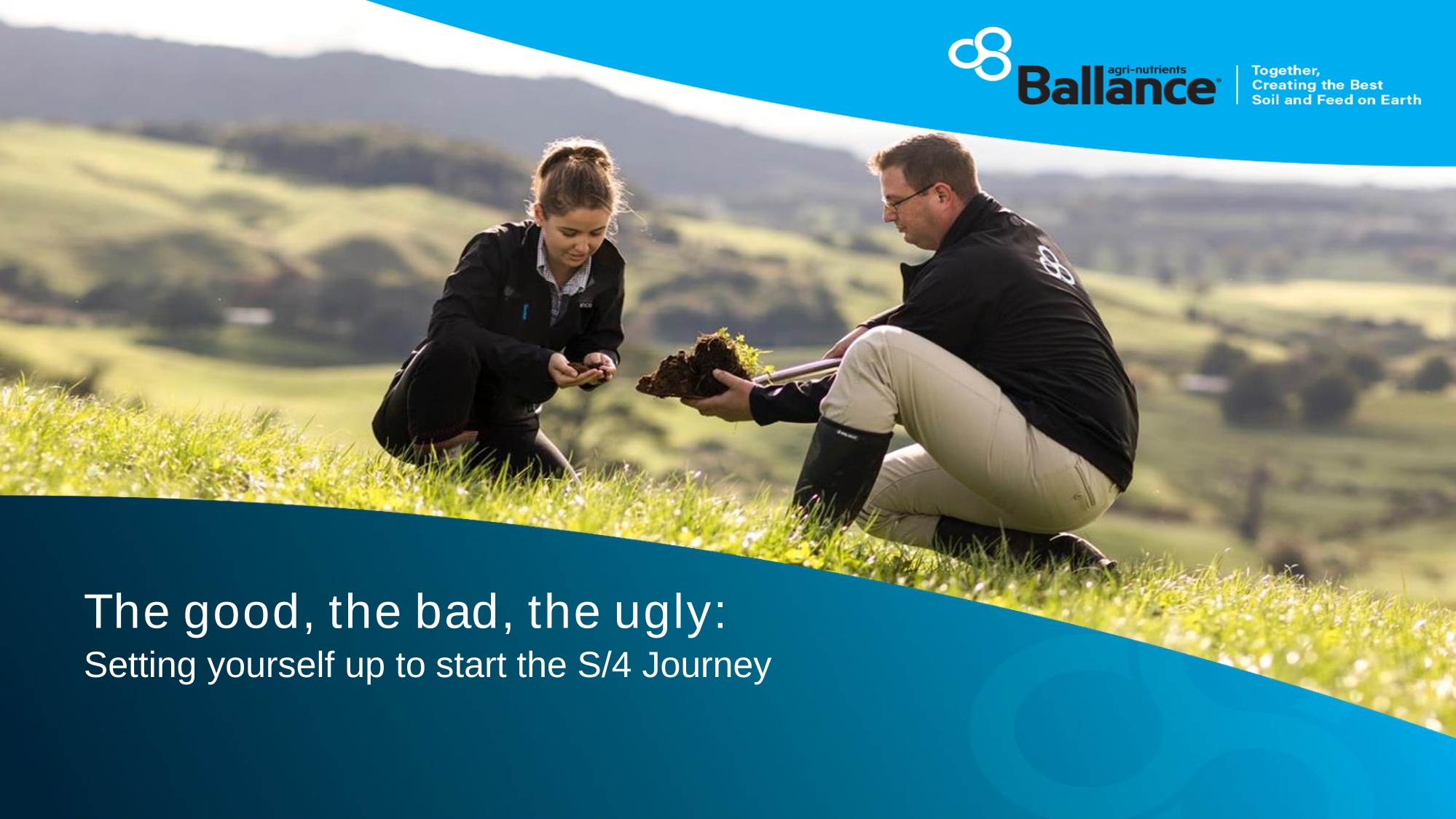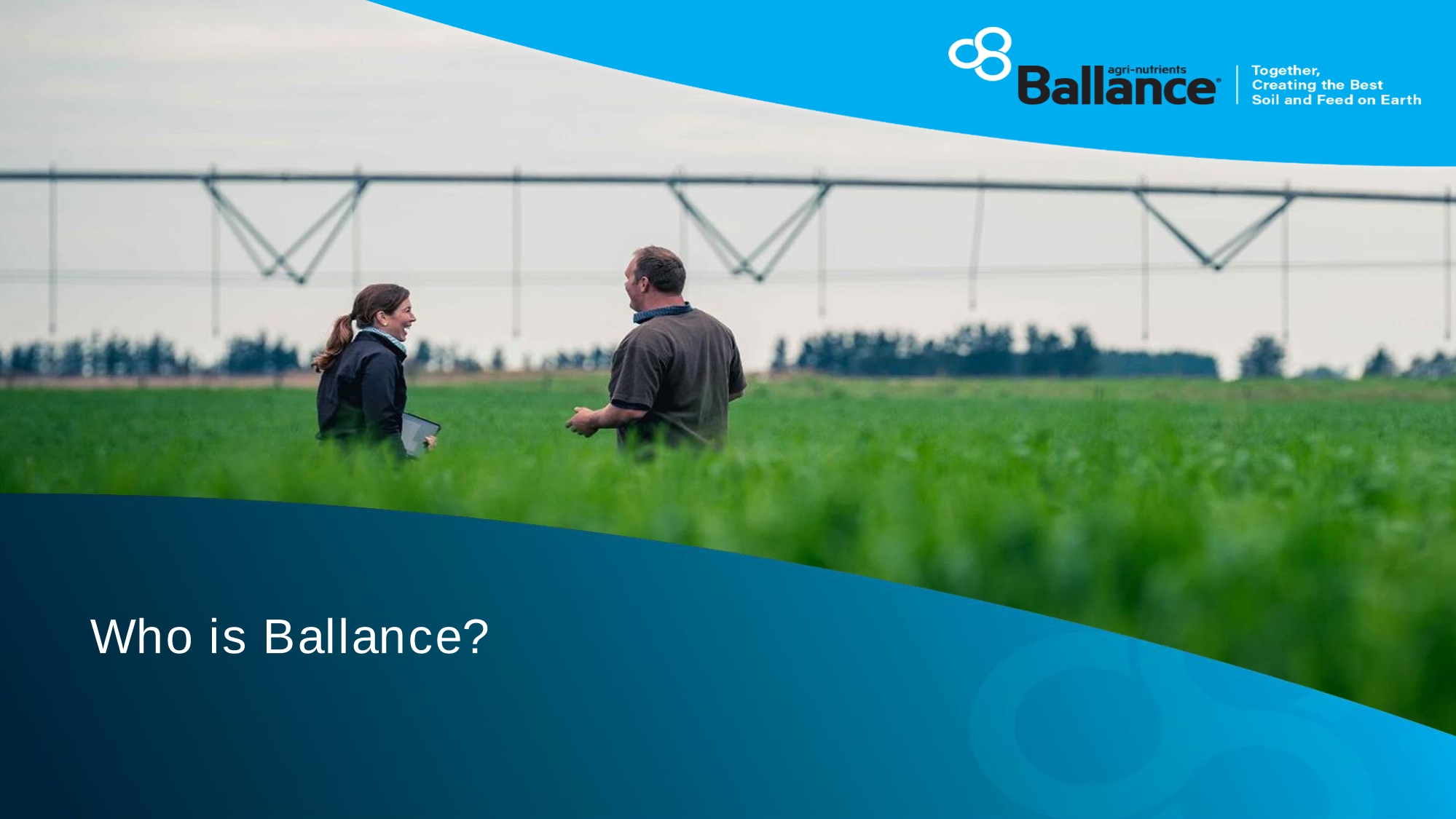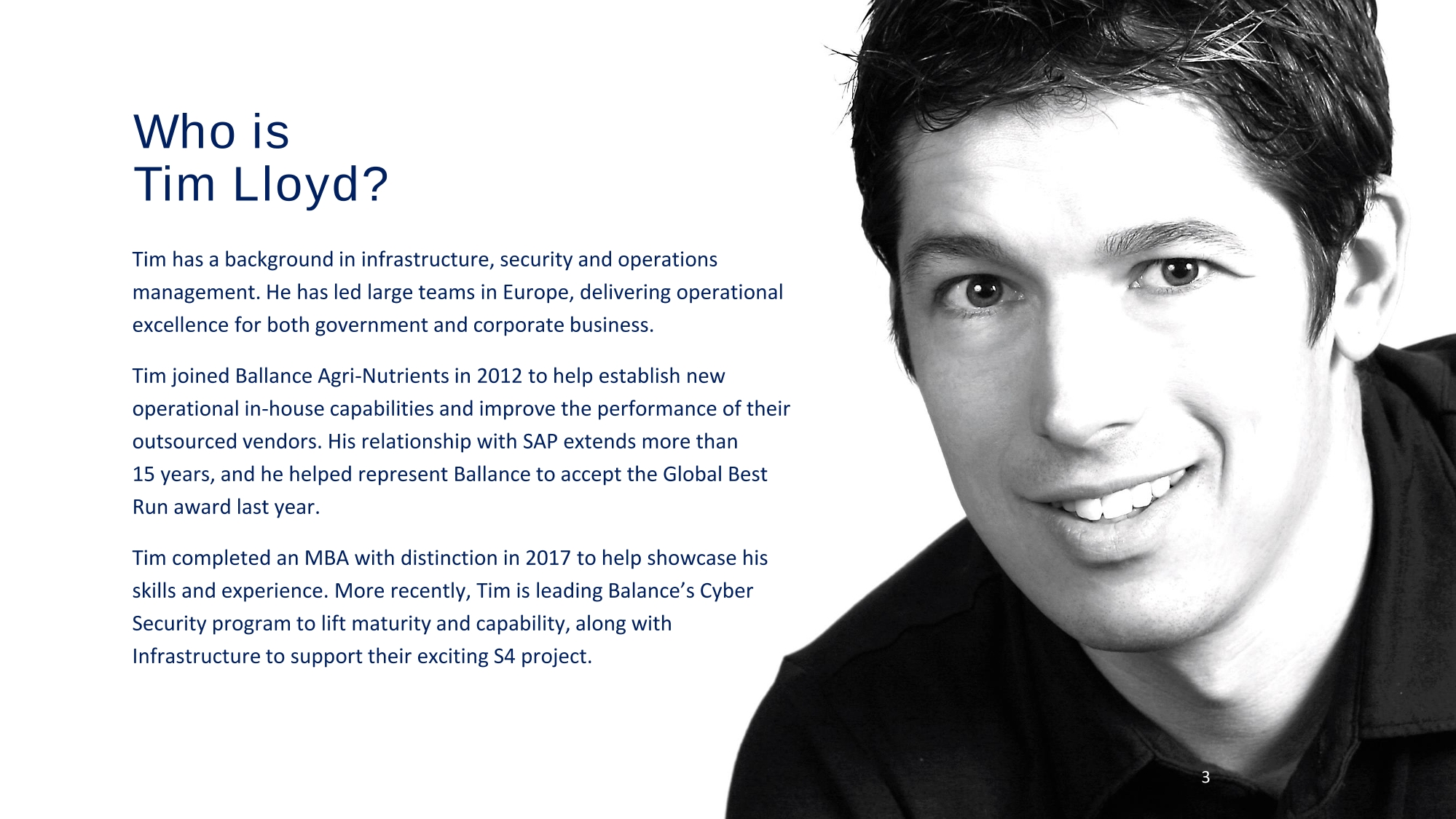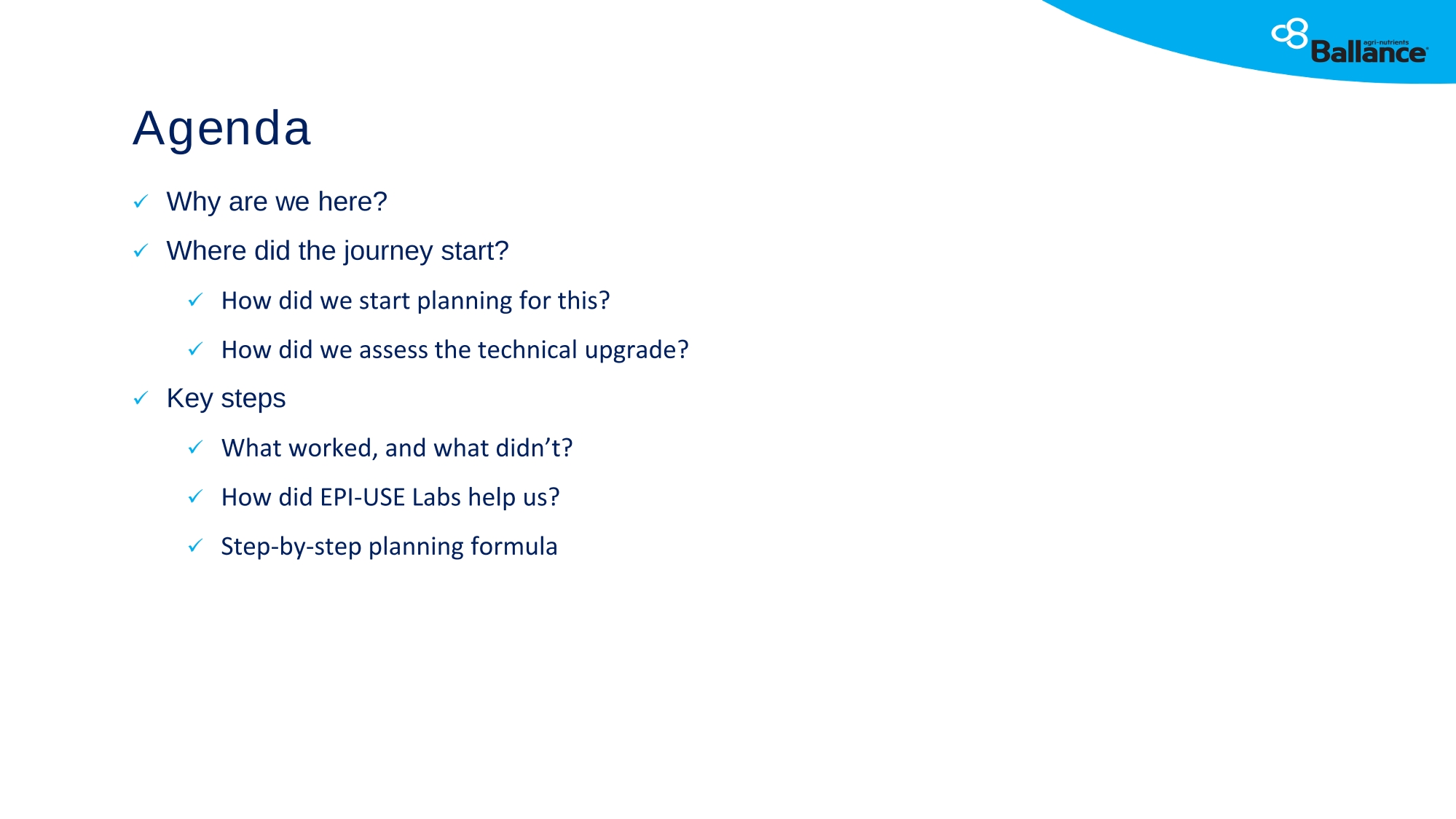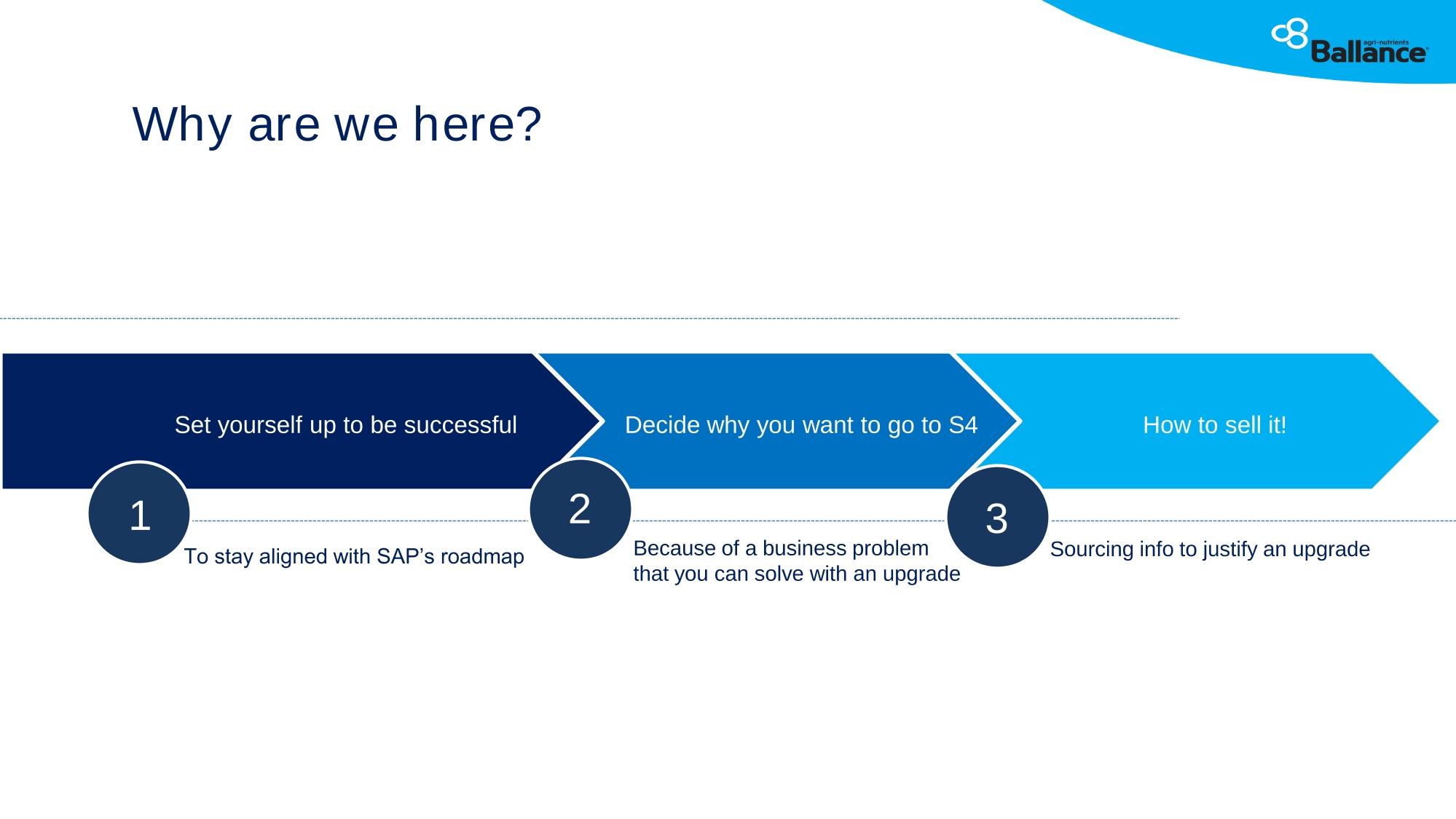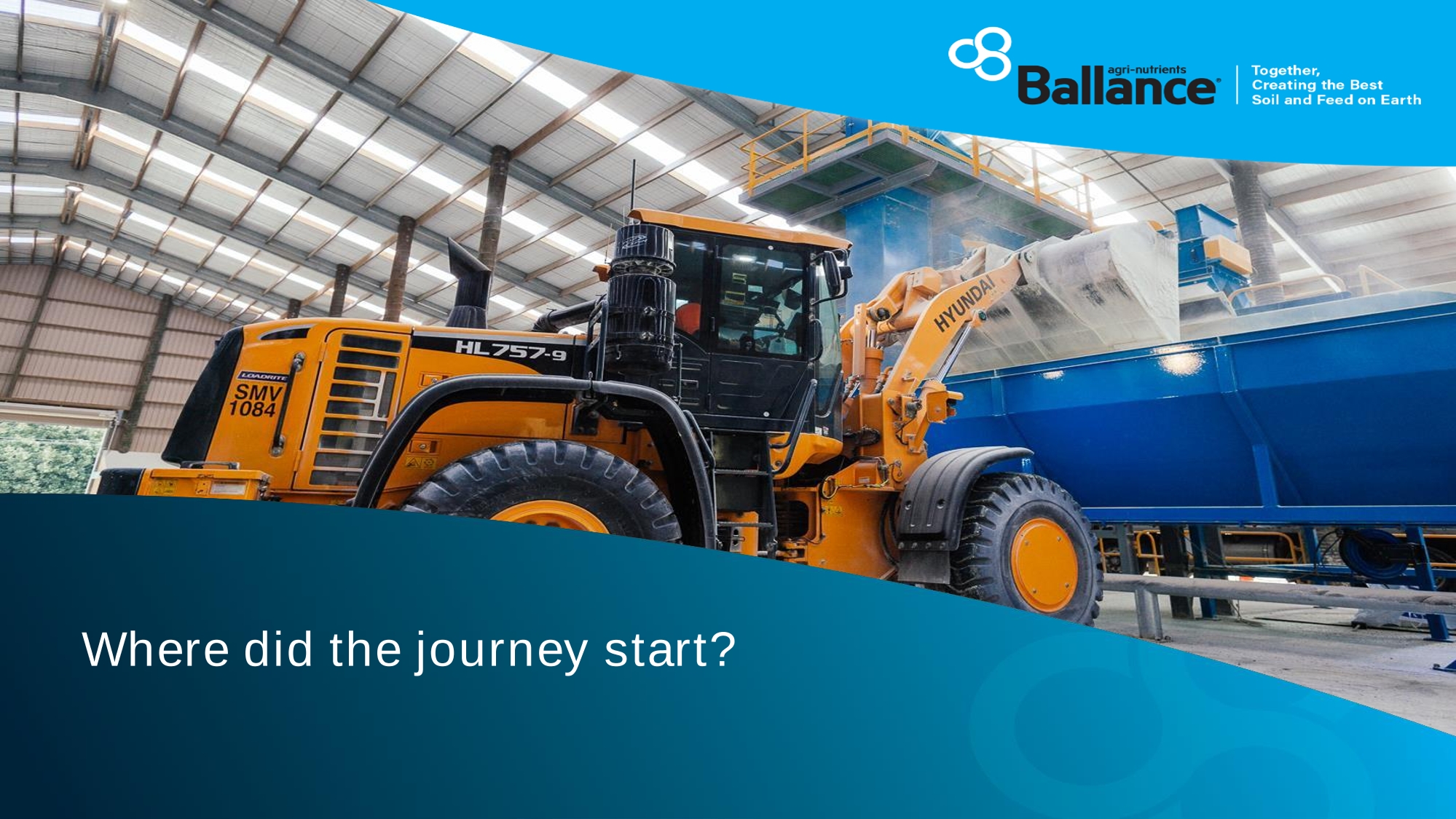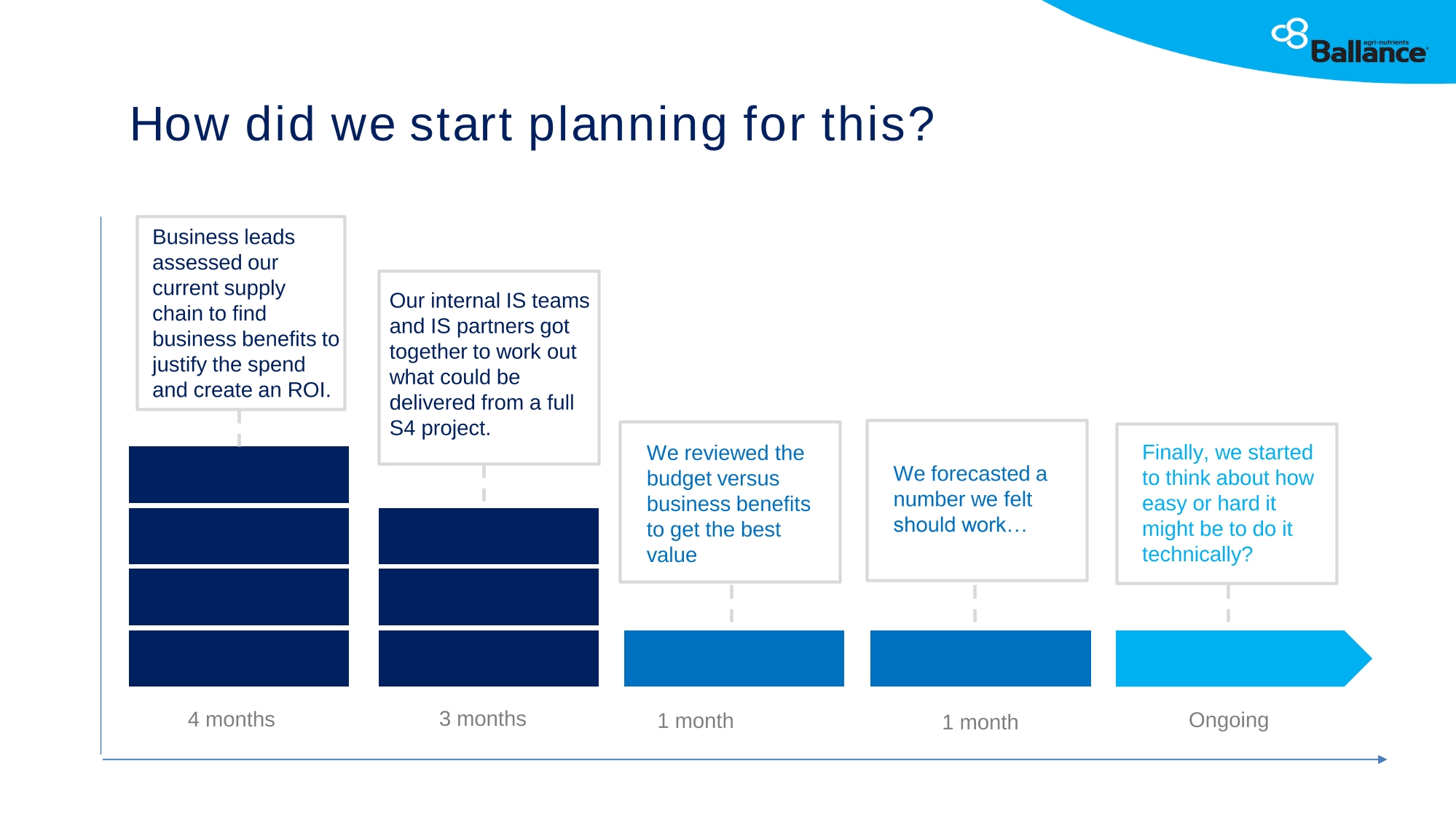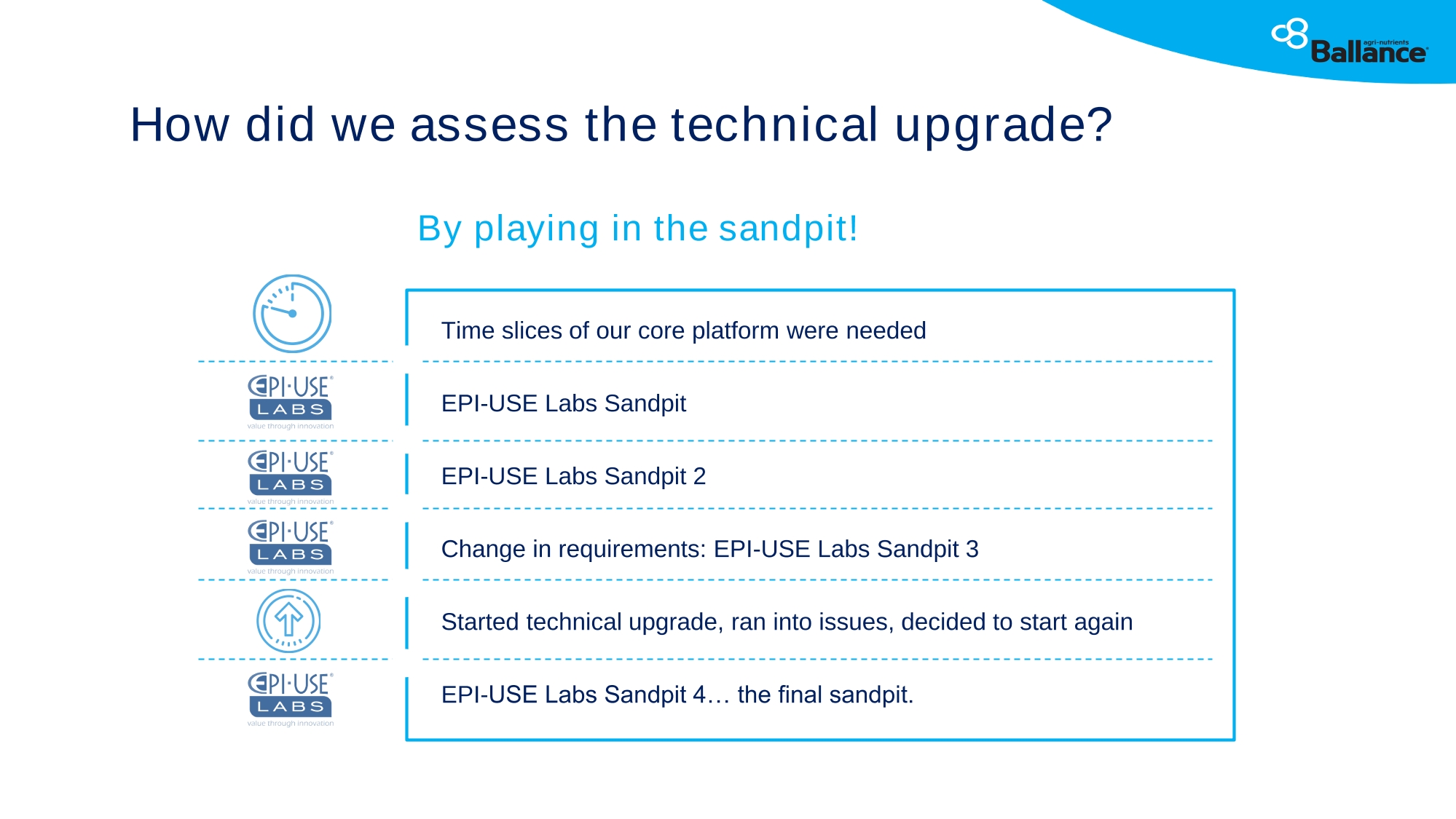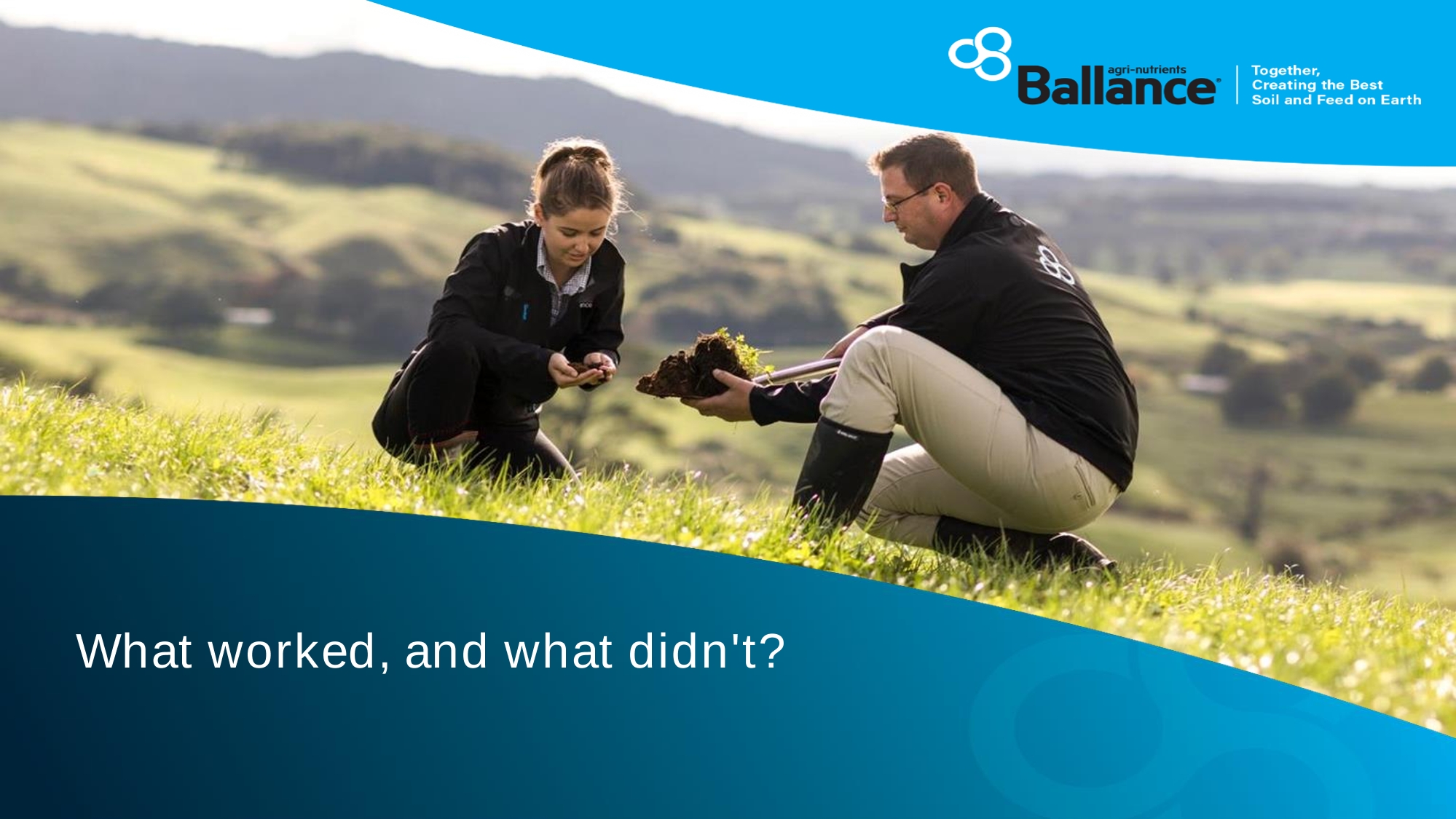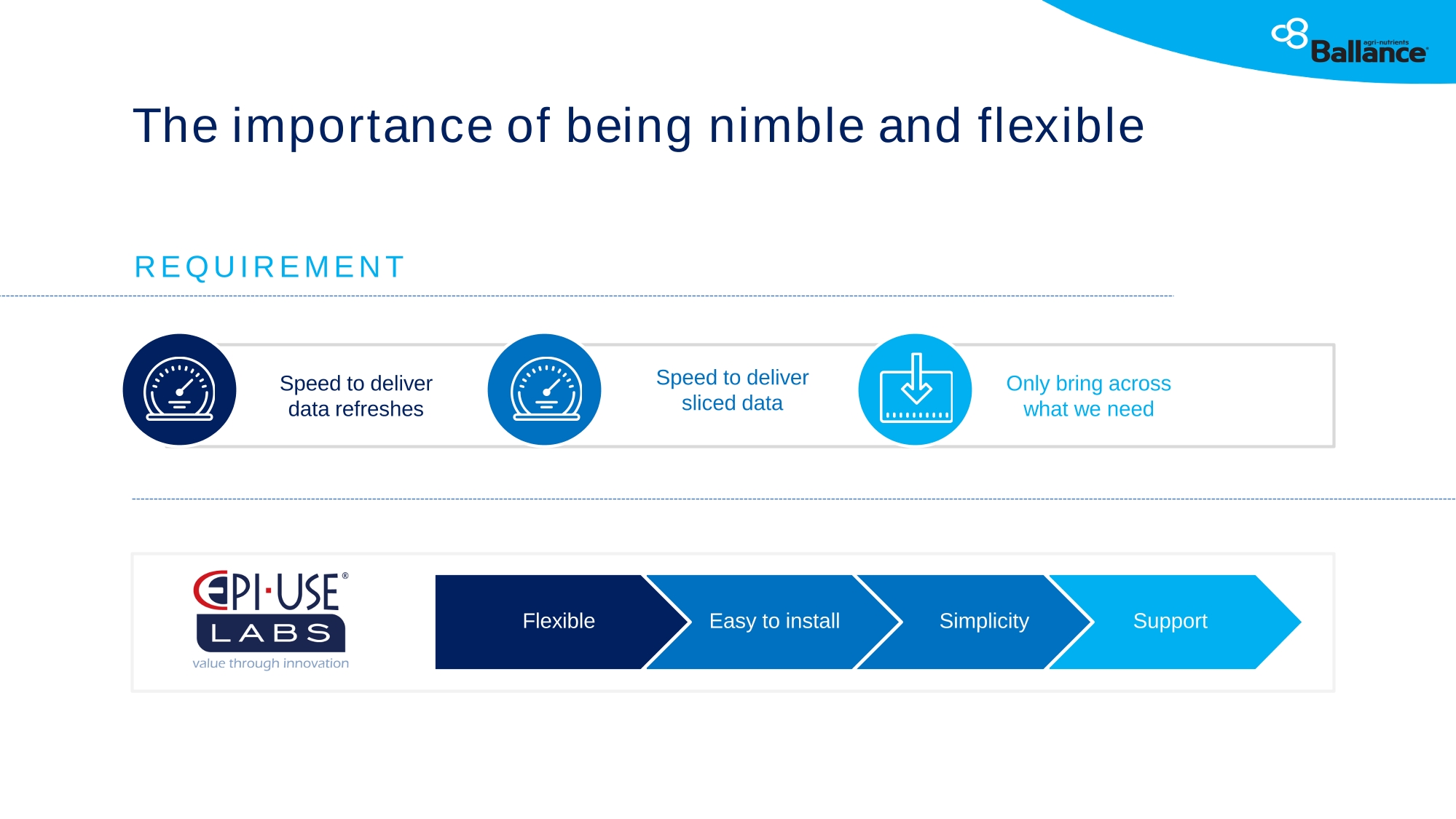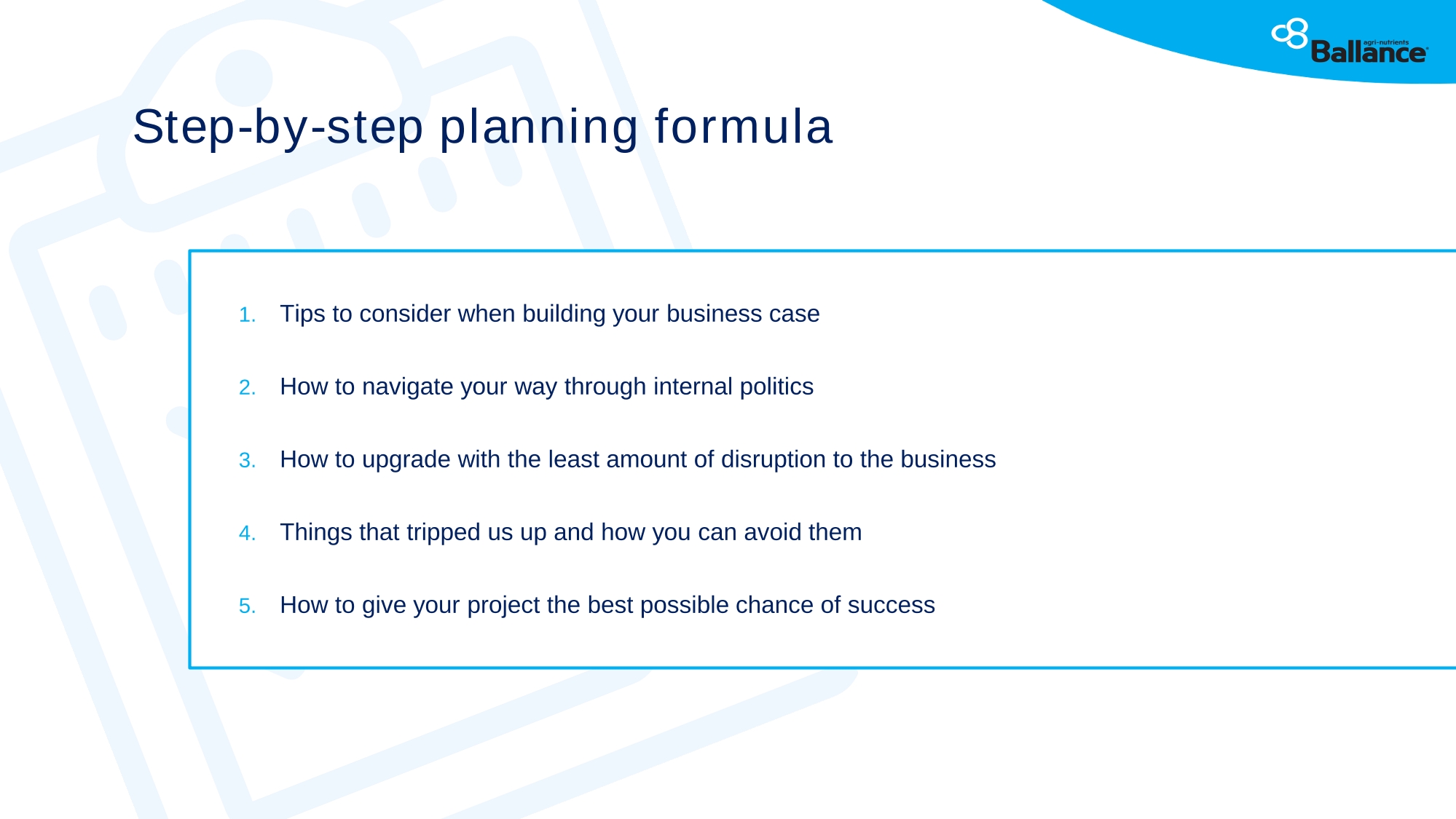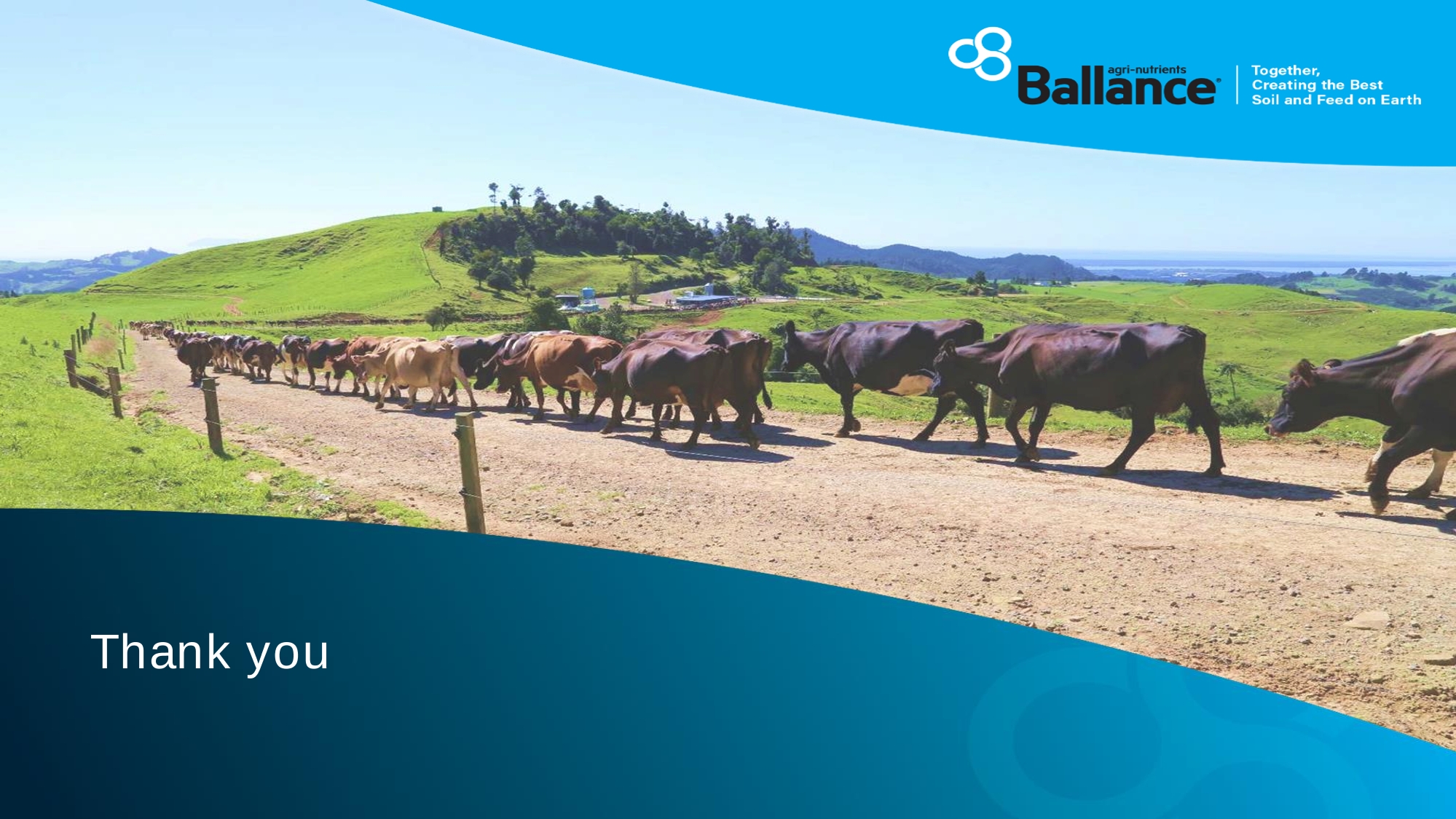
-
SOFTWARE
SOFTWARE HCM Productivity Suite Query Manager Query Manager Add-ons Document Builder Payroll Pack Variance Monitor DSM for HCM GeoClock
-
SERVICES
SERVICES PRISM for HR & Payroll SAP SuccessFactors Integration monitoring Payroll reporting Report writing Custom development SAP BTP
- All Solutions
- Request Estimate
-
Resources
Resources Blogs Read the latest updates on SAP SLO, SAP HCM, Data & Privacy, and Cloud Events and Webinars Discover all our events and webinars from around the world Video library Watch videos and improve your SAP knowledge
- About
The agony and the ecstasy of a complex S/4HANA migration planning project
Tim Lloyd of Ballance Agri-Nutrients
About Ballance Agri-Nutrients
Farm nutrient supplier, Ballance Agri-Nutrients, is a New Zealand farmer-owned co-operative. Their agri-nutrient advice is complemented by award-winning web-based farm systems software, which enables farmers to capture and analyse a wealth of information, and so make the best management decisions for their business .
Tim Lloyd from Ballance Agri-Nutrients is among the early adopters, and has bundled his experiences to help you work your way through the complex, and exciting, S/4HANA planning phase as an initiative to support their digital transformation strategy. Here is what he had to say in his presentation at the 2019 Cloud and Technology Mastering SAP conference:
Key take-aways?
- Set yourself up for success by staying aligned with SAP's roadmap.
- Decide on a business problem that you can solve with an upgrade.
- Justify the upgrade by sourcing information.
How did Ballance Agri-Nutrients plan for this? Simple tips:
- In the beginning start with getting business leads to assess their current supply chain to find the business benefits that will justify spend and create an ROI.
- Then get the internal IS teams and IS partners together to determine what could be delivered from a full S/4 project
- In the final month of the planning stage, Ballance reviewed their budget versus business benefits to get the best value, then forecasted a number they felt could work, and finally started to think about how easy or difficult it might be to do it technically.
How they got there, technically
- Time-slices of the core platform needed for testing
- Created three sandpits using Data Sync Manager to assess the technical upgrade for the S/4 project
- Started technical upgrade, ran into issues, decided to test again
- Discovered the need for a fourth Sandpit, which was created quickly with Data Sync Manager.
What worked, and what didn't?
Important to take people along for the journey, get buy-in from the end users, the process owners, and most importantly the execs and the internal IS teams.
What worked really well for Ballance was that they managed to be nimble and flexible, largely due to the support of EPI-USE Labs. They required flexibility due to having a limited time frame, a limited capped budget and the need for a greater than 90% certainty on cost, impact and delivery time frames.
Ballance also recommends quality data through the process of data refreshes for ECC and BI as other systems which are attached or integrated. They highlighted areas such as number ranges that need to be consistent to truly test landscape integrations.
"To slice data quickly, ensure that you bring across only what you need. For example, it is not likely that you would need to bring transactional data from 18 years ago, but rather only the last four years. This will be largely determined by your data governance requirements, but if you have the choice, this could save you money on hardware and licences," says Tim Lloyd.
"Anyone can quickly determine that they need to upgrade different add-ins, or integrations, however until you start down a path, you won't know how to refine it and optimise your timelines and budget to get outcomes as quickly as possible".
"EPI-USE Labs enabled this, and without it, we would be many weeks behind. If you start adding up all the consultants, and business users on a project of this size, the cost savings become considerable."
The step-by-step planning formula:
- Tips to consider when building your business case - Be honest , define your why.
- How to navigate your way through internal politics - Get people and teams on board early, don’t surprise them, illustrate business benefits which are known such as mobility.
- How to upgrade with the least amount of disruption to the business - Simulate often, challenge yourselves and test, test, test, refine and test again. Make sure the end-user experience is a good one, downtime a delight and remember, speed to market means you can quickly realise both financial and operational efficiencies. Lastly, find a good experienced partner you trust. For Ballance it is ZAG. ZAG is also the exclusive EPI-USE Labs Partner in New Zealand, someone who knows your business already.
- Things that tripped Ballance up and how you can avoid them - Running before we could walk, and looking into the entire landscape, not just SAP. Ensure you consider the end-user, security, infrastructure and business processing such as year-end and peak seasons.
- How to give your project the best possible chance of success - Once you determine your why, simulate and test as much as you can to assess impact, cut down on your timelines, engage the business on the journey (don’t forget about wider IS as part of that), use a partner you trust and don’t look for a cheap option.
Finally, Tim concluded that if you want to make it easy and you want to make it quick, use EPI-USE Labs.
About the presenter
Tim Lloyd | Ballance Agri-Nutrients Ltd | Operations and Commercial Manager
Tim has a background in infrastructure, security and operations management. He has led large teams in Europe, delivering operational excellence for both government and corporate business.
Tim joined Ballance Agri-Nutrients in 2012 to help establish new operational in-house capabilities and improve the performance of their outsourced vendors. His relationship with SAP extends more than 15 years, and he helped represent Ballance to accept the Global Best Run award last year.
Tim completed an MBA with distinction in 2017 to help showcase his skills and experience. More recently, Tim is leading Balance’s Cyber Security program to lift maturity and capability, along with Infrastructure to support their exciting S4 project.
